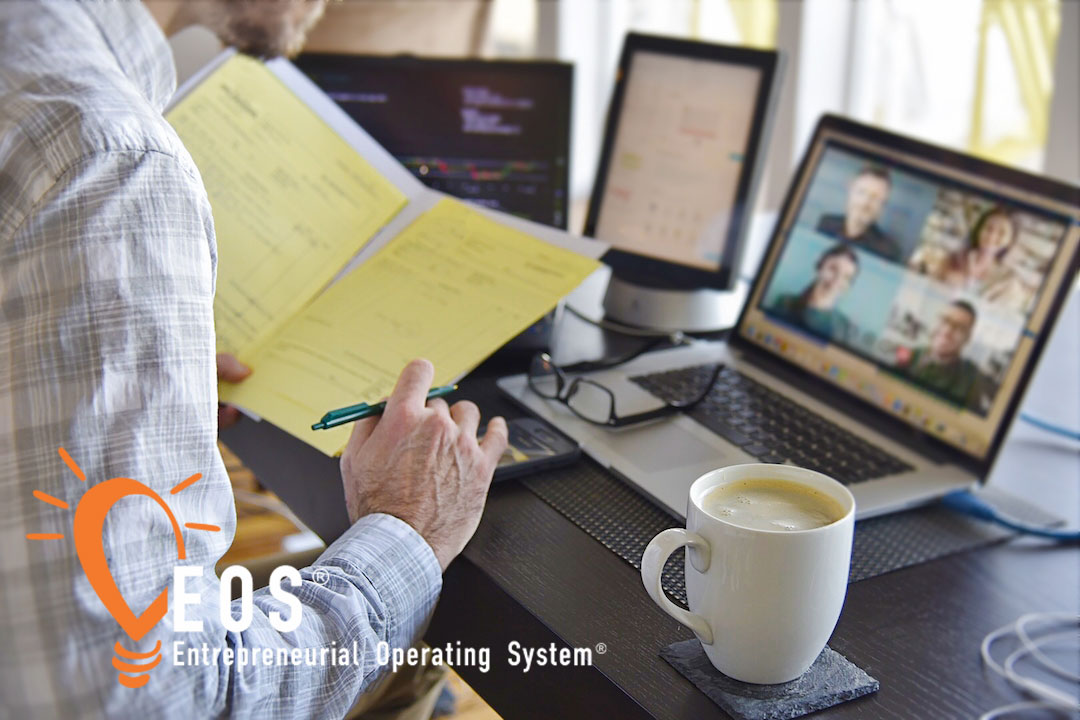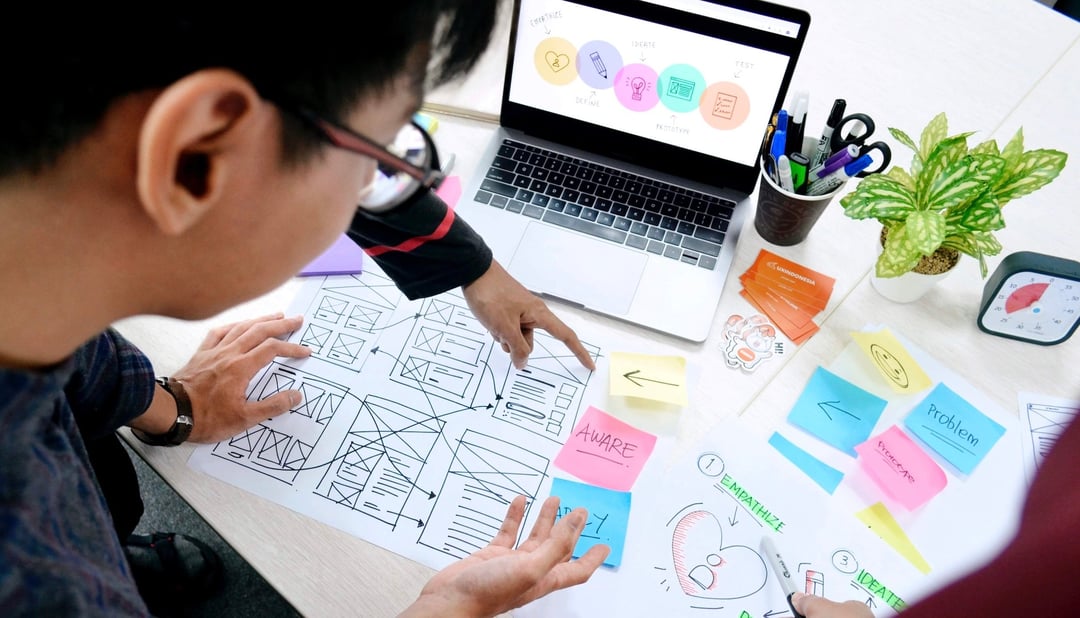
Running Your Clients on EOS
By Austin LaRoche, ATAK Interactive CEO
The Entrepreneurial Operating System (EOS) is a staple for the organization and success of ATAK Interactive. For this episode of B2B Marketing Agency Insights, CEO Austin LaRoche shares some tips on how you can use this system to enhance agency-client relationships.
Video transcription below:
Welcome back to B2B Marketing Agency Insights. I am your host, Austin LaRoche, CEO of ATAK Interactive – which stands for accountable, tenacious, agile, and kind, all day, every day. Today, we are having a little fun off the top, but let’s talk a little bit about EOS, the Entrepreneurial Operating System, and how marketing agencies can utilize the system to enhance their agency-client relationship.
If you are not familiar with EOS worldwide, check them out: eosworldwide.com. It’s an amazing system. It has really helped accelerate growth in my business as well as many of my clients. Check it out if you are unfamiliar with it, and come back when you are done. We would love to talk to you a bit more once you understand how you can really strengthen the relationship between a client and agency by utilizing EOS.
The best way to work with a client utilizing EOS is to do a run-through of what a weekly Level 10 would look like. Most agencies have some sort of weekly touchpoint, so when they transform that touchpoint into a level 10, that’s a great start.
Here is what a Level 10 would look like between an agency and a client. You start with a segue – much less formal than a “good news personal, good news business” – and everyone goes around. Everybody gets on the zoom call. Everyone gets on the conference line. “Hey, how was your weekend?” Boom.
Then, you dive into the scorecard. The scorecard is a list of KPIs that you need to look at week over week. The reason you look at them weekly is because data dictates behavior. What we really want to do is check out:
- How many conversions did we get?
- What were their CPC and our Google AdWords this week?
- How many sequences did we send out for the sales team?
You want those numbers to be more conversion-based than vanity metric-based because everyone hates vanity metrics, especially your clients. Go down and check out the most important numbers that matter. Go through them, see how they compare to the last week, and see if you can find any trends. Hopefully, those are successful trends.
Next, jump in and go through the rocks. Rocks are the most important things you want to get done in the quarter. This is something you need to figure out before you start Level 10s with your client. “Hey, what are our quarterly rocks?” One of the things with EOS is they look for an 80% completion rate with your rocks. They want that because they want you to challenge yourself. If you are getting a 90 or 100% percent on your rocks every quarter, chances are you are not really challenging yourself. That’s all right, but when you are working with a client, it is less about challenging yourself and more about being accountable for what you say you will do. So you want to hit 100% of your rocks if you are working with a client. When you say, “We’re going to do this, and we want it to perform like that,” you need to make sure that is what you are doing because it is more of a promise than a challenge.
Next up in a traditional level 10 are customer headlines. Scrap them. They have nothing to do with this.
Moving on: the to-do list. What you want to do is go through your to-do list and make sure you did all the things you said you were going to do. The client has done all of the things they said they were going to do. Everyone is on the same page for holding each other accountable.
Next up is IDS. Now, IDS is typically taking issues and figuring out how you identify, discuss, and solve them. “Issues” is a scary word in an agency-client relationship, so scrap that and call it “Project Updates”. What you are going to do within these project updates is go through all the issues. This is how we are doing; this is what we need a little feedback on; what do you think we should be doing about this?
Bring the issues in, but don’t call them issues because it is slightly more alarming to a client, especially if they are not familiar with EOS. If they are familiar with EOS, they know the system, and you are probably good. But if not, call them “Project Updates” and go through the issues at hand. Once you go through and solve everything, all the issues turn into to-dos.
At the end of the meeting, you recap the to-dos, rate the meeting – rinse, wash, and repeat. It’s really easy. It will be a great way for you to hold your own work more accountable and help get more traction towards the vision that your clients have set on the work you are doing together.
That’s it. It’s simple. All you have to do is update a weekly scorecard, create quarterly goals, hold yourself accountable for your to-dos and projects. You manage that in an hour or less meeting every week, and it keeps all of your projects moving. It keeps communication between you and your client top-notch. All expectations are set and are very clear to all parties.
It is a really great way to organize your collaboration and keep communication really tight. Expectations are clear in the relationship between the client and the agency.
I hope that was helpful to you. Again, I’m Austin LaRoche for ATAK Interactive, saying good luck growing.
Related Posts

Marketing Strategy Agency Derivatives and Growth Unlocked
Marketing is an essential aspect of any business. It can help increase brand awareness, attract new customers, and drive sales. However, developing an…

Boosting ROI: Benefits of Hiring a Marketing Strategy Agency
Are you looking for ways to enhance your marketing strategy and increase your returns? Look no further than Derivatives, a top-tier marketing strategy…

The Role of a Web Design Agency in Boosting Your Online Presence
We examine the field of web design and the work of web designers in this blog. It takes a variety of talents, including graphic design, coding, and user…